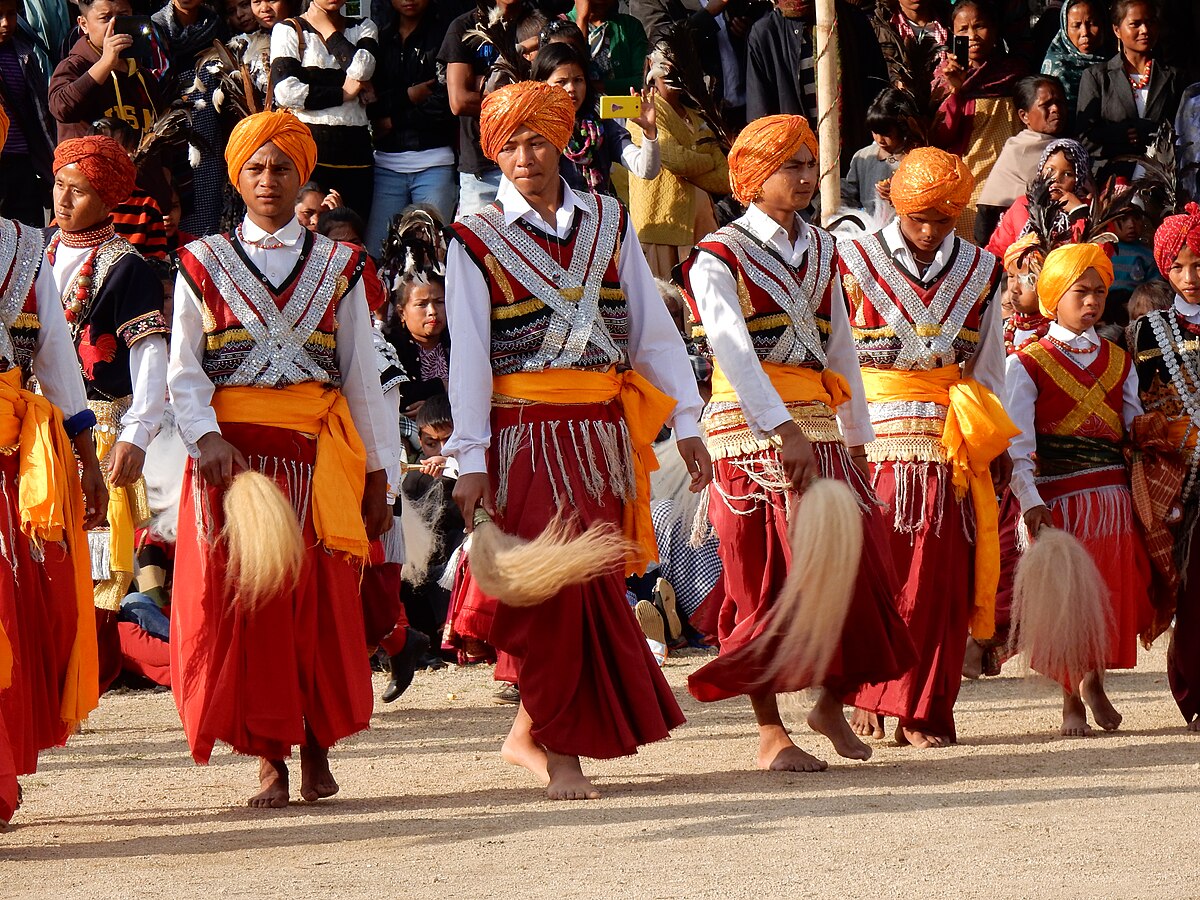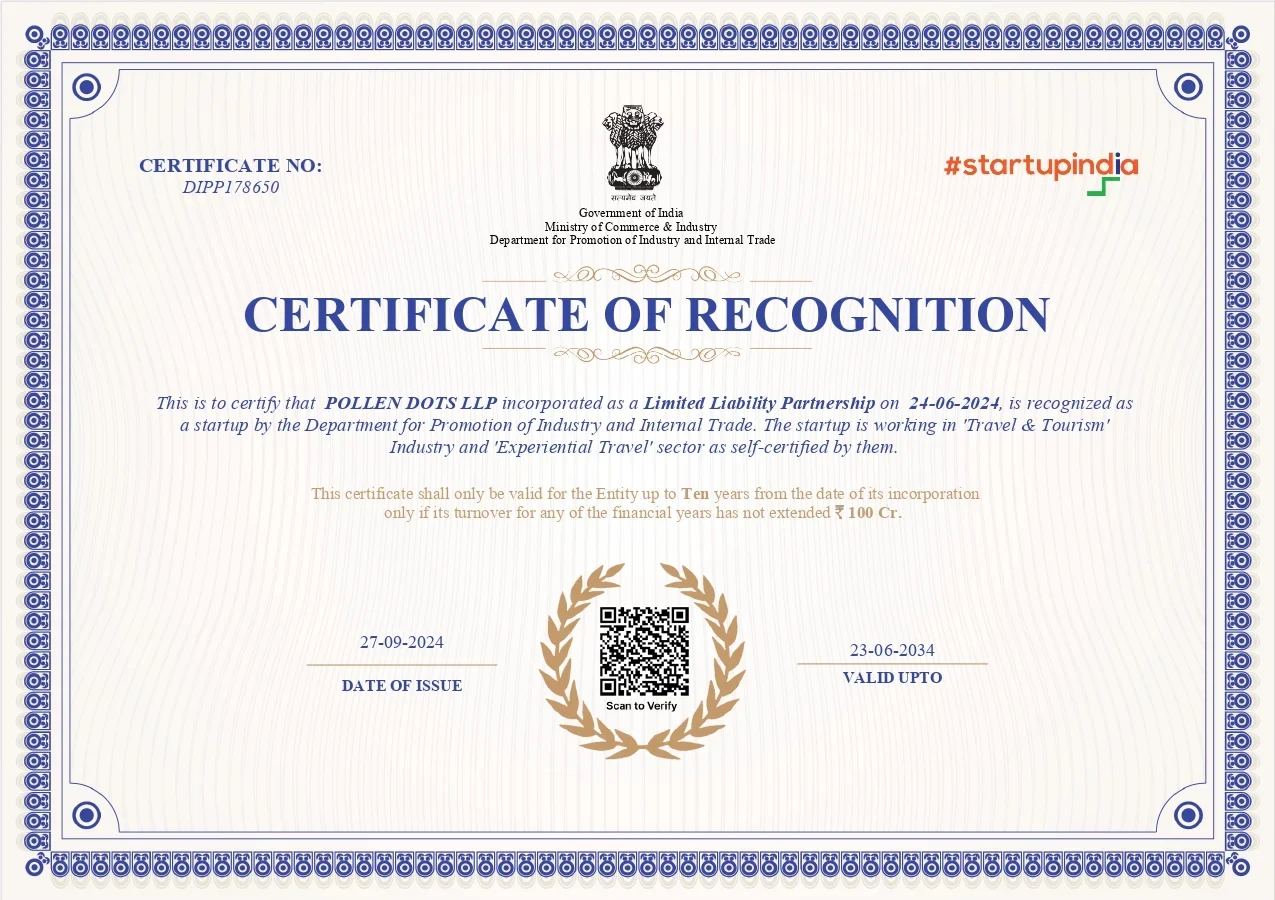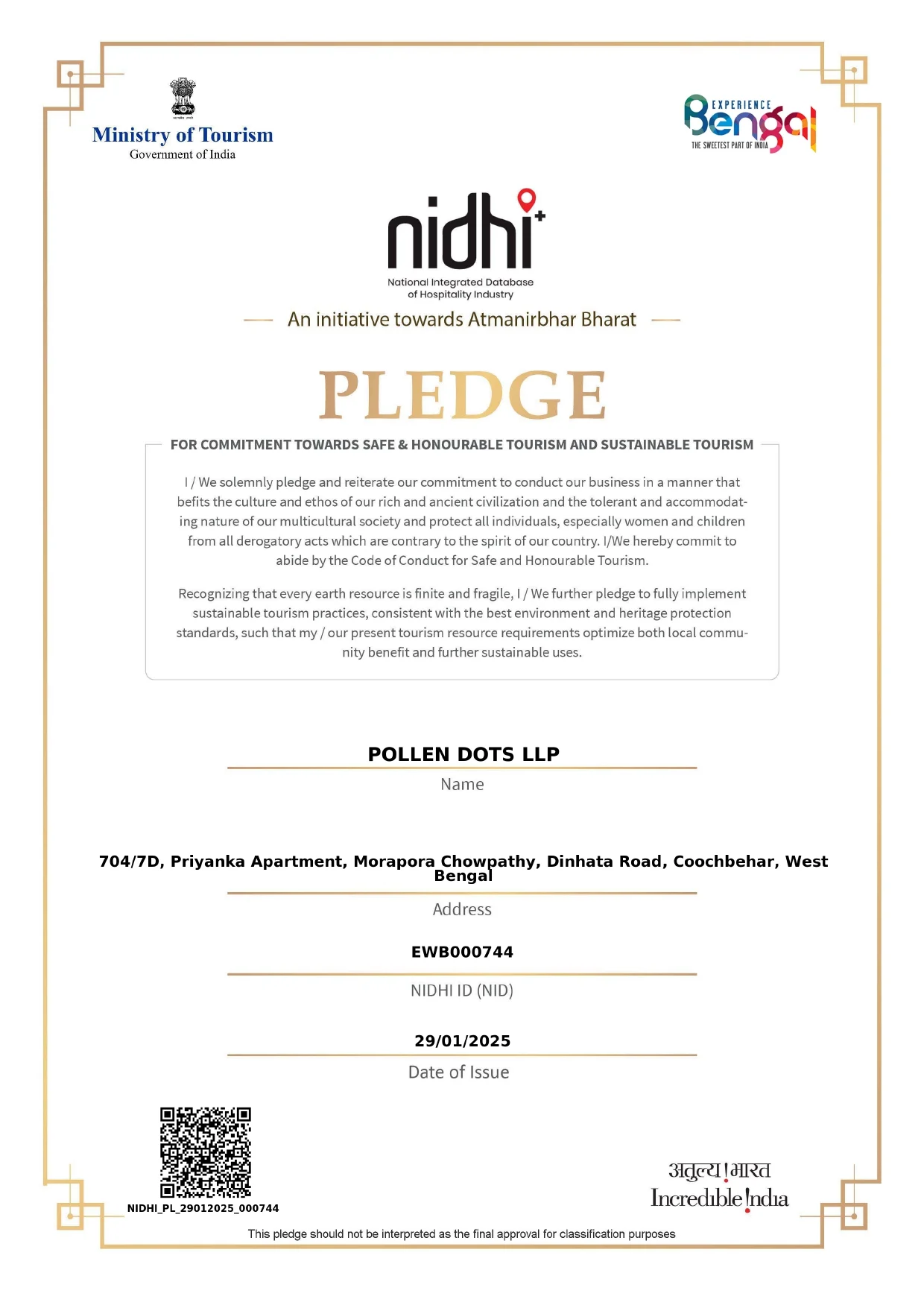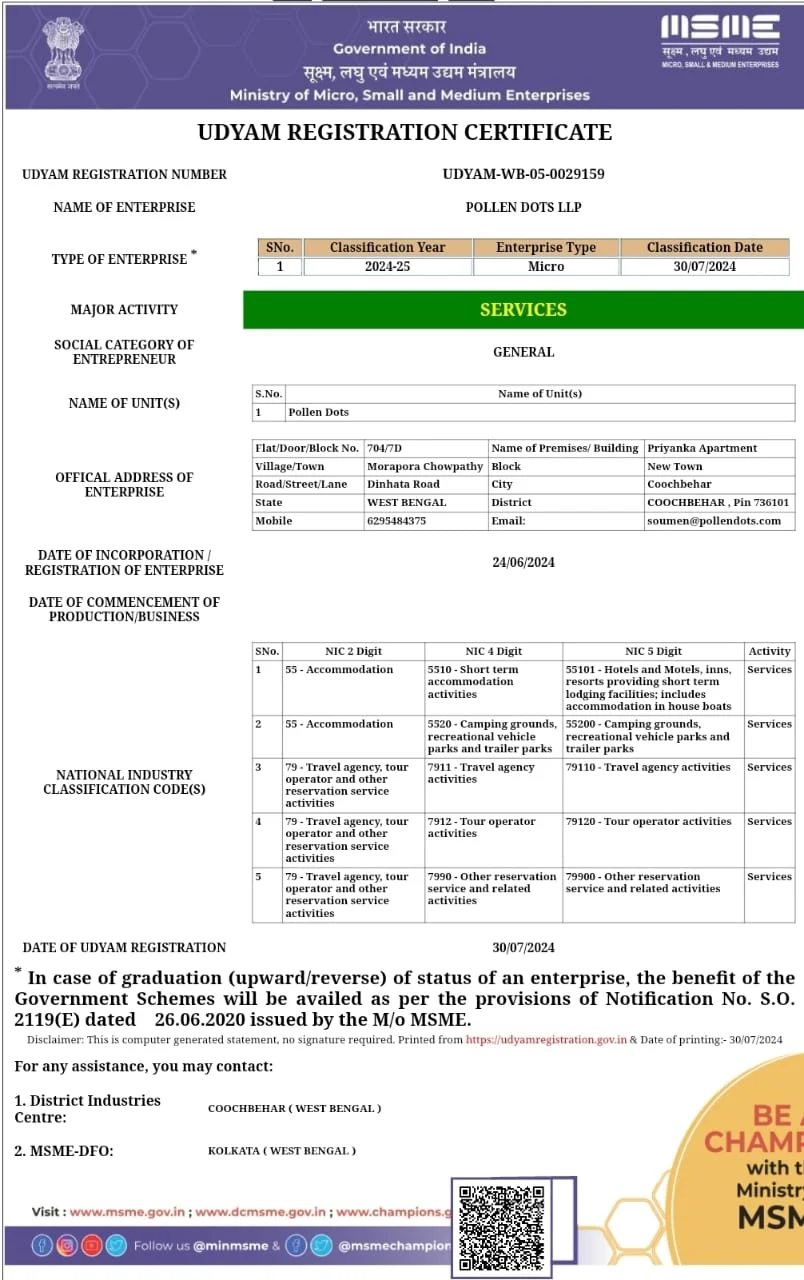Cherrapunjee isn’t just about rains — it’s about rhythm. The same skies that pour generously in monsoons also clear up to reveal evenings filled with warmth, fire, and song. If you’ve only visited Cherrapunjee for the waterfalls, you’ve missed its true essence: the quiet joy of gathering.
The Khasi people don’t celebrate with pomp — they celebrate with presence. Around hearths, beside ancient monoliths, or beneath the sacred groves, their festivals reflect deep harmony between humans, nature, and spirit.
Nongkrem: More Than a Festival
Held annually near Cherrapunjee, the Nongkrem Dance Festival is not a performance — it is a ritual, a renewal of blessings. Held by the Syiem (chieftain) of the Hima Khyrim, this five-day festival seeks the blessings of Ka Blei Synshar, the Supreme Creator, for peace and prosperity.
Women in ornate Jainsem and traditional gold and coral ornaments move with controlled grace, while men wield swords in rhythmic war dances. The festival takes place in Smit, a village not far from Cherrapunjee, but its spirit echoes through the plateau.
“We don’t dance to be seen. We dance because it’s how we speak to the Divine,” a local elder explains.
Fire at the Heart of Khasi Life
In many Khasi homes, the hearth is sacred. During festivals and gatherings, fire becomes a companion — a silent witness to laughter, debates, and shared meals. On chilly nights, especially post-harvest, the community often gathers under the stars to sing folk songs, tell stories of ancestors, and cook rice beer.
No sound system. No selfies. Just warmth, wind, and stories older than memory.
Snippets from the Plateau
- A Night at Mawmluh:
Youngsters perform a moonlit skit about rain spirits — a mix of humour, folklore, and fierce pride. - Local Music at a Living Root Bridge:
You’ll find an impromptu jam session of bamboo flutes and Khasi drums during quieter months — not for tourists, but for themselves. - The Monoliths of Mawsmai:
Often mistaken for ruins, these stone structures are commemorative — every festival pays respects here.

Know Before You Go
- Festivals follow lunar cycles: Dates may shift — check with locals or homestays.
- Dress modestly when attending rituals: Respect the sanctity of the space.
- Photography may be restricted: Always ask before clicking during rituals.
- Best season: November to January for Nongkrem and winter gatherings.
In Cherrapunjee, fire doesn’t burn to impress. It glows to gather. When you sit around it with strangers who soon feel like kin, you realise — some of the best festivals aren’t public. They’re personal.
In the hills of Cherrapunjee, joy doesn’t echo — it settles beside you, like warmth from a dying ember.”
















